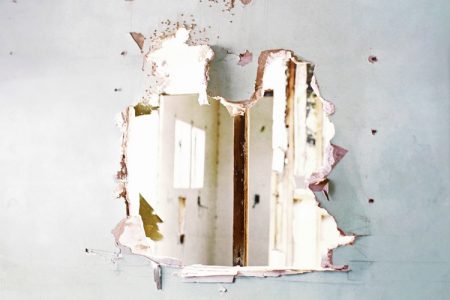Top Tips On Repairing Drywall
Repairing drywall doesn't have to be hard work and can be relatively simple, especially if you know what you need to do and how. There are a multitude of Youtube videos with step by step guides on repairing your drywall which is handy if you don't want to pay for a professional. If you are taking the jump into doing your own drywall repairs we are offering our expert tips on repairing drywall.

1. Most loose plaster can be removed easily, but you may need to use a club hammer & bolster chisel on tougher areas.
2. If old plaster is unstable in many areas on a masonry wall it will quite possibly be necessary to remove all the old plaster. You will need to render and then plaster the wall from scratch.
3. You can buy ready mixed or mix your own plaster from all good retailers. Ready mixed is more expensive, but is a perfect mix. For mix your own, follow the manufacturer's guidelines to get the right consistency.
4. Both small and large holes, on ceilings or walls, can be patched with plasterboard offcuts.
5. Popped nail heads are all too common but easily fixed by driving a drywall screw 1 1/2 inches above the popped nail head into the stud to reattach the drywall to the stud. Sink the screw head just below the surface of the drywall so it can be covered with filler. Drive in the popped screw and cover both the new nail and hole with filler evenly and sand to smooth.
6. If you're mixing your filler from a powder, add a squirt of PVA adhesive to make a smooth paste that sticks really well.
7. Drywall sanding dust is a respiratory irritant. Wear a dust mask when sanding to block airborne gypsum and silica particles. Also, spread a plastic sheet nearby. Wipe dust off the sheet with a damp sponge, then clean the surrounding areas with a vacuum, let the air settle, and finish vacuuming.